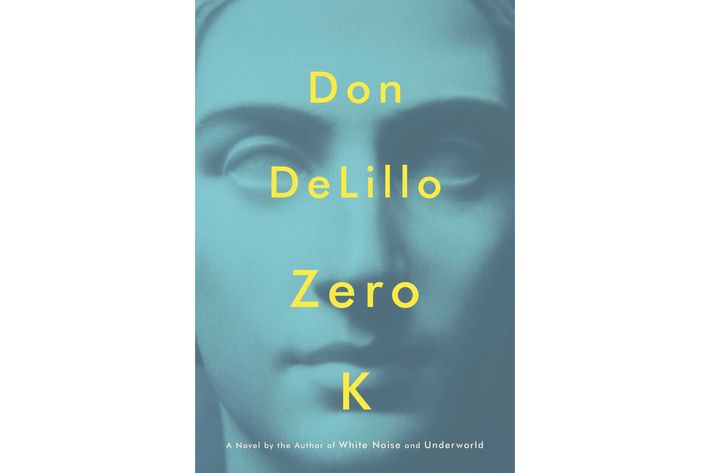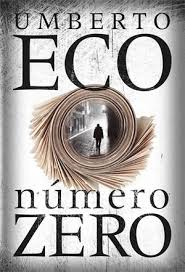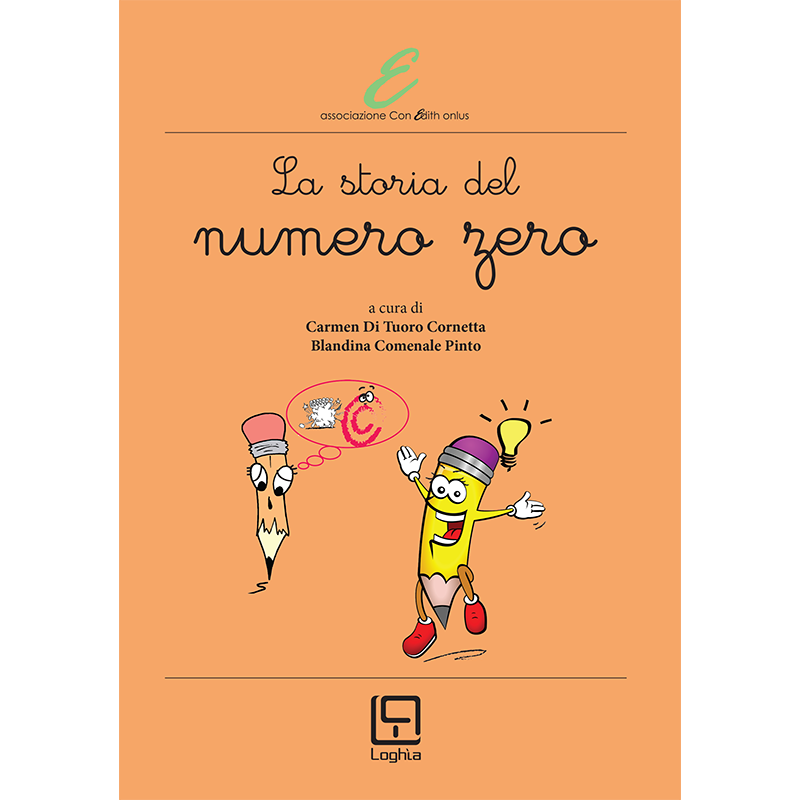

You can’t help rooting for a man who risks his life to tell true stories. “Of being, in the end, a pathetic human being who has overestimated his strength merely because he’s never run up against its limits before.”


“Maybe you also have to accept the burden of being a tiny superhero without a shred of power,” he writes. Some of the best passages in this book deal with these profound restrictions on his freedom, and with his determination to persevere. His life has been threatened by people who follow through. Because of the work he did on his acclaimed first book, “Gomorrah,” he lives under constant guard. But did this actually happen? Is there really a Don Arturo? Field of flames? Brave dog? What in this sometimes compelling, often tedious assortment of parables, poetry, dramatic monologues, cautionary tales and horror stories is true, and what is fantasy? The cool answer, I suppose, is that we shouldn’t care.Ī word about Saviano. While villagers feared the flames too much to attempt a rescue of their burning neighbors, the story goes, a dog braved the conflagration to pull its puppies to safety: “He remembers because it was there he learned how to recognize courage, and that cowardice tastes of human flesh.” Don Arturo watched the flames grow higher, incinerating live animals and even some peasants who had fallen asleep in his fields.

Saviano writes of the day a general arrived at Don Arturo’s Mexican estate and set fire to his growing crop. He is like a character out of “One Hundred Years of Solitude,” a rich old patriarch who in his younger days grew poppies for morphine production. We never learn exactly who this is, beyond the first name and the honorific. The second chapter begins with the story of Don Arturo. Roberto Saviano has written a kind of concordance of cruelty in this cocaine-trafficking epic, minus the alphabetized structure, which would have made it easier to follow.


 0 kommentar(er)
0 kommentar(er)
